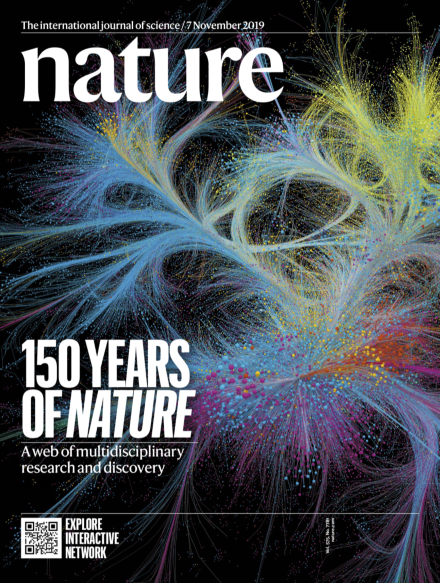Volume 575 Issue 7781, 7 November 2019
This Week
-
Editorial
-
News in Focus
-
Features
Opinion
-
Comment
Research
-
News & Views
-
The structure of DNA
Collection:
-
Books & Arts
-
Essay
Work
-
Column
-
Feature
This Week
-
World View
-
Research Highlights
News in Focus
-
News Round-Up
-
News
Books & Arts
-
Book Review
Opinion
-
Correspondence
Work
-
Technology Feature
-
Where I Work
Research
-
News & Views
-
Insight
-
Science and society
Collection:
-
-
Reviews
-
Perspective
-
Articles

